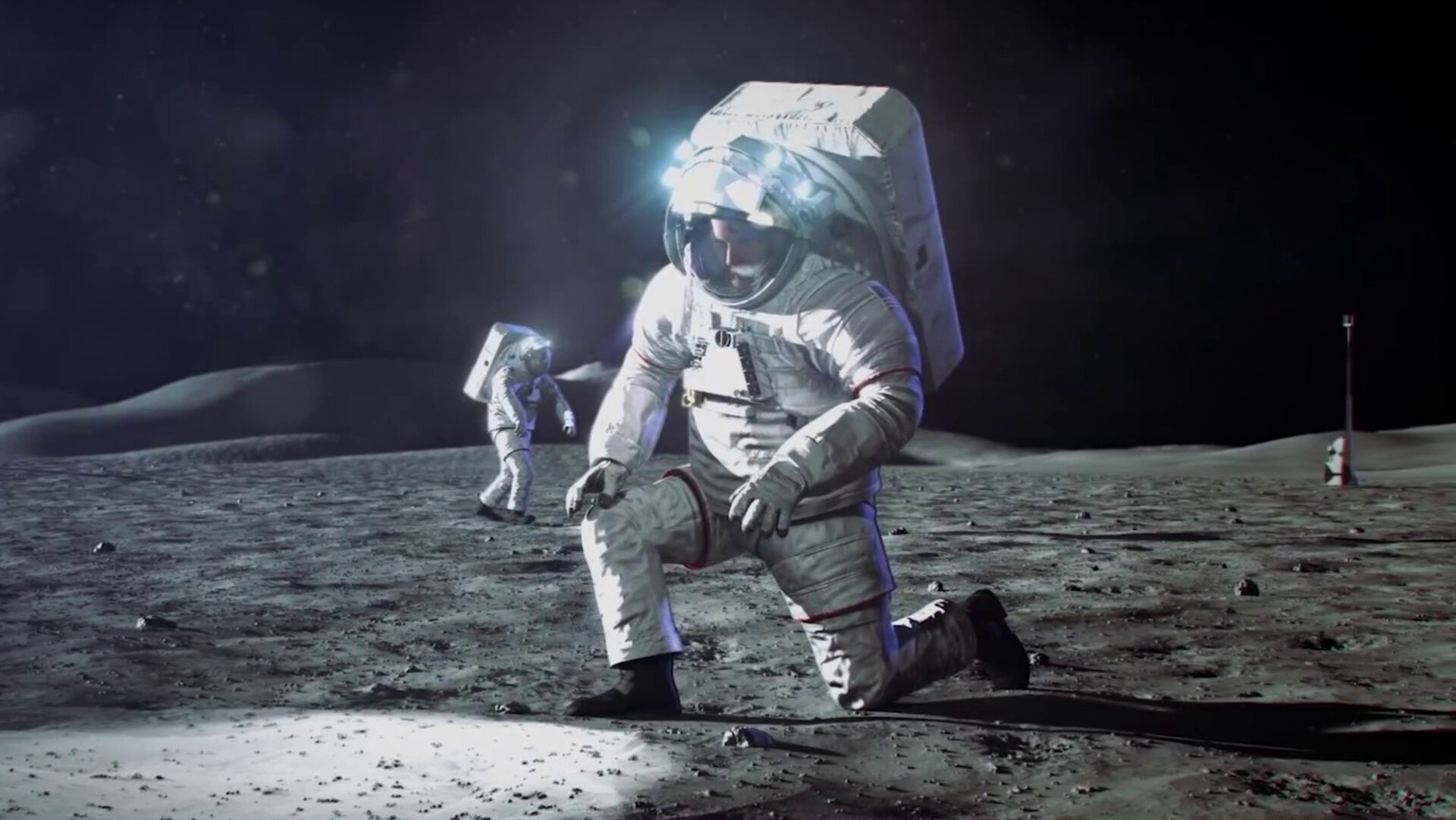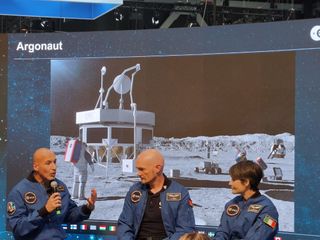"Dream, Dream, Dream! Conduct these dreams into thoughts, and then transform them into action."
- Dr. A. P. J. Abdul Kalam
"Dream, Dream, Dream! Conduct these dreams into thoughts, and then transform them into action."
- Dr. A. P. J. Abdul Kalam
30 Oct 2024
The European Space Agency (ESA) is charting an ambitious course for the future with its "Explore 2040" initiative, aimed at solidifying Europe's position in space exploration. During an Oct. 16 address at the International Astronautical Congress (IAC) 2024 in Milan, ESA Director-General Josef Aschbacher highlighted the necessity for Europe to enhance its space activities. The agency is currently developing a comprehensive strategy to outline its future direction, with exploration as a key pillar. "We have a process with our Member States called Explore 2040, which is a perspective at the horizon of 2040 and where Europe can go," said Daniel Neuenschwander, ESA's Director of Human and Robotic Exploration, during the event in Milan.

(Source: Google Images)
"What we want, above all, is to increase the pace and how we conduct programs," Neuenschwander said. That includes speeding up innovation and developing transportation and infrastructure for exploration, he added. Neuenschwander laid out plans for a presence in low Earth orbit (LEO), before heading to the moon and beyond. "We want to bring Europeans around the moon and on the surface of the moon… And then the horizon goal is, of course, to bring humans to Mars," Neuenschwander said.
The approaching 2025 Ministerial Council conference, where member states will decide on Europe's future trajectory in space, is at the center of "Explore 2040". Every three years, these important summit meetings are held to determine which programs and the degree of commitment of ESA's member nations. For Explore 2040, support is essential.
Securing a post-International Space Station (ISS) pathway is part of the LEO cargo strategy, which can pave the road for complete European human spaceflight capabilities by enhancing return capabilities.

(Source: Google Images)
One of the first objectives, according to ESA astronaut Samantha Cristoforetti, who spoke in Milan, is to demonstrate end-to-end cargo delivery and return services to the ISS.
For the moon, Europe is already providing the European Service Module as part of NASA's Orion spacecraft, meaning ESA will already be flying to the moon in some form. The next stage, however, is landing capabilities. For this, ESA is developing Argonaut, a class of landers for putting cargo on the moon, being designed in partnership with Airbus. The logistics lander will be crucial to enabling international cooperation and sustainable lunar operations, according to ESA astronaut Alexander Gerst."Argonaut fills in the gap of how we approach landing on the moon and then being able to operate on the surface, thanks to the 1.7 tons of cargo [it can carry]," Gerst said. For the road to Mars, ESA plans to proceed with the LightShip program to establish a communication and navigation network around Mars. LightShip is, according to ESA, an electric propulsive tug that will deliver one or more passenger spacecraft to Mars, provide communications and navigation services, and be capable of carrying a range of scientific payloads.
These ambitions indicate how ESA is positioning itself to make the agency instrumental to future exploration.